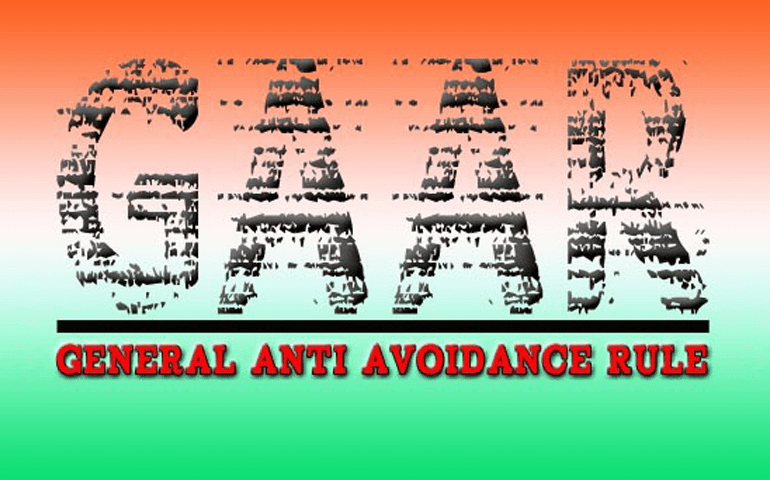( Originally Published on 16 September 2012 @
MBA Skool)
As per a general notion which says, “100 main 99 beimaan phir bhi mera bharat mahaan”, which says we Indians, are proud of our country in spite of 99% dishonest people. Of course there are various reasons to be proud of our mother land. But dishonesty among people is prominent. Black money was around 10% of the GNP in 1975-76. Along with the growth of the country and various tax evasion practices, black money is now termed as a parallel economy, becoming a serious issue for Government.
Earlier Measures
Measures like Voluntary disclosure of Income scheme (1996) for converting black money to white money failed to make a dent. Some cases like Hasan Ali case (caught for stashing 36,000 Crore rupees in foreign banks), showed the penetration of black money. While the major eye opener was the Vodafone – Essar deal. Vodafone entered India through Cayman Islands, a tax heaven. This deal which was worth $11.2Bn, not a single penny was paid as tax to the government. Getting a 100% depreciation in first year of investing in windmills, was to promote clean energy. Companies used it as a tax evasion tool. This meant that there is a need of law against avoidance of avoidance of taxes.

Pranab Mukherjee, the then finance minister of India, introduced GAAR (general anti avoidance rule), along with annual budget of 2012-2013. Pranab Mukherjee, finance minister, sought to formalize the provisions through an amendment to the income tax act of 1961. The main feature of GAAR is that, it targets tax evaders, partly by stopping companies from routing investments through tax heavens. It gives the tax departments with substantial powers to levy tax on the adjustments done by companies or individuals.
This includes the power to override international tax treaties that India has negotiated with other countries. The onus of proof would all be on the revenue department and not on taxpayer. GAAR also introduces the retrospective tax, which means by applying GAAR, tax authorities can tax the transaction in the past. However, as Pranab Mukherjee said the changes will not override the provisions of double-tax avoidance treaties India has with 82 countries. It will not reopen the cases in which assessment orders are already provided.
Not a warm welcome
However, within days of declaring this rule, it faced a strong opposition from across the globe. The ambiguous language, the lack of details, and the sudden onset of the provisions have been key factors that have upset foreign investors. Foreign investors are not clear about tax liability, nor there is clear mention of penalties. Amidst the ambiguity, GAAR had to be postponed to April 2013. Currently a team of government officials along with Dr. Manmohan singh is working on having clear guidelines for GAAR.
Apart from foreign investors, Indian MNC is also worried over GAAR. These companies open a subsidiary in a given country so as to get cheaper borrowings. However, they do not transfer the dividends from foreign entities to Indian company, thus avoiding taxes. Under GAAR, tax authorities would be able to ask them questions for not bringing in that profit to India. Merger of loss making companies in profit making company is considered as a malpractice to avoid taxes.
Also, salary structures of the companies will come under scrutiny since; some companies manipulate the salary structure to avoid taxes. If a strict GAAR is implemented, salary structures might be revamped. Company leased cars, a perk senior executives enjoys, can be challenged as a tax avoidance measure. Individuals also try to avoid taxes using methods like giving loan to their family members or gifting money to evade taxes. GAAR will cover all people connected to India, and hence it is very crucial.
Amidst the global slowdown, introduction to GAAR might not do no good. Since Indian economy relies heavily on the investments from foreign countries, stricter norms of GAAR might hurt the growth of India. Foreign investor staying away is not a good sign for a developing economy. However, in March 2012 foreign investments were at $8.1Bn, which were much higher when compared to year-on-year basis as well as month-on-month basis. Similar was the case for foreign investment in June 2012.
Global Scenario
Other countries like Canada, Australia and New Zealand have introduced a statutory General Anti-Avoidance Rule. In the United Kingdom, there is no GAAR, but many provisions of the tax legislation apply to prevent tax avoidance where the main object or one of the main objects, of a transaction is to enable tax advantages to be obtained. In the United States, the Internal Revenue Service distinguishes some schemes as “abusive” and therefore illegal. These global tax evasion system examples show that all countries have been trying to protect their interests. But case is always different for a developed and developing economy.
India doing it right?
Keeping in mind the number of tax evasion cases, India definitely needs to have an anti tax avoidance law. This law if toothless would be a burden than beneficiary. However, considering global interests and possible investment opportunities we cannot have a law which hurts its own interests. A balance has to be formed between government’s objective to preserve the integrity of its tax system, and the commercial interests of investors, industry, and individual taxpayers. If GAAR is well implemented and well practiced it can help government generate more taxes, which might issues of liquidity crunch for government and to some extent the fiscal deficit as well. It will acts as fuel to the growth of nation.
Government needs to first streamline its taxation system, which currently is very complicated. If there is a single tax like GST, implementing and practicing GAAR will be a simpler task. On a cautionary note, in the Indian context we have huge distrust between taxpayer and tax assessors, so implementing GAAR would be a serious concern. Dr. Manmohan singh and team have a tough task on hand.
My Profile on MBASkool and the Original post
Also check out My Publications





